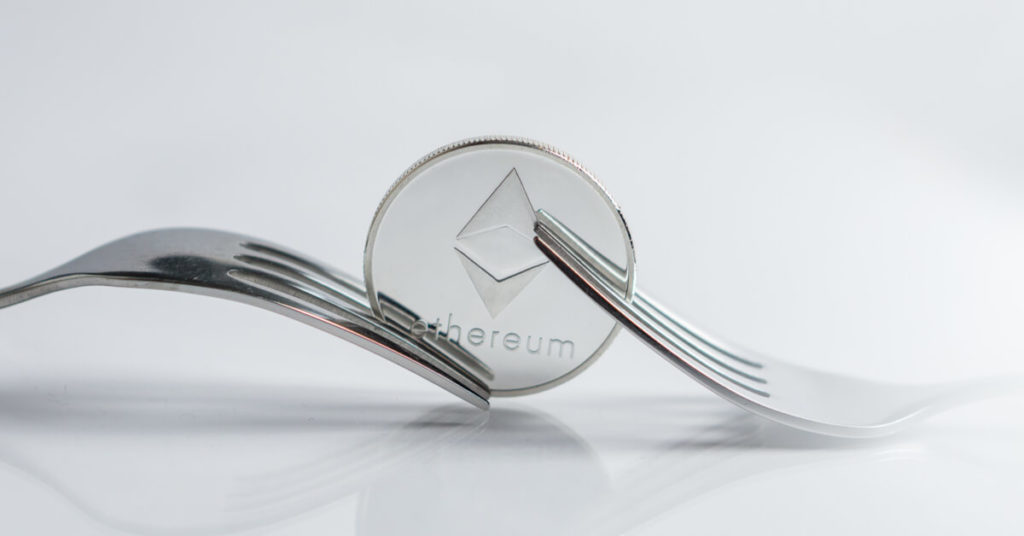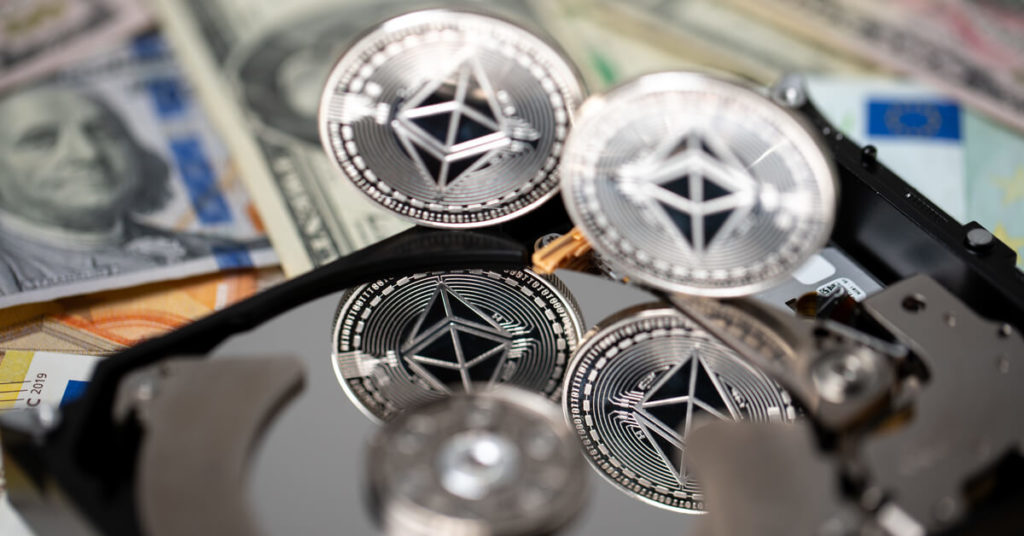
Will the London Hard Fork Push up Ethereum’s Price?
Ethereum’s much-anticipated ‘Ethereum 2.0’ rollout is set to introduce a series of impressive upgrades. But there’s one upgrade in particular that has caught the attention of ether enthusiasts. Its new fee structure will require part of Ethereum’s transaction fees to be burnt, leading to a reduction in Ethereum’s supply and potentially an increase in its price.
Ethereum’s network has steadily grown since its launch in 2015, experiencing renewed interest in 2021 thanks to the growing popularity of decentralized finance (DeFi) protocols and NFTs, most of which are built on the Ethereum blockchain.
Ethereum has already delivered considerable returns for its investors this year. Since entering 2021 at around $740, its price had increased by more than 440% when it broke its all-time high above $4000 in May. Ethereum has only gathered more momentum with the continued rollout of Ethereum 2.0, a phased series of upgrades to the Ethereum network.
Why is Ethereum 2.0 significant?
The upgrades to the network are designed to make Ethereum more scalable, secure and sustainable which in real terms will lead to better network security, faster transaction speeds, lower fees and less energy consumption. Phase 0 of Ethereum 2.0 began in December 2020 and the rest of the upgrades are set to continue through to 2022.
Of all the upgrades that are in the pipeline, one that has captured the attention of investors is EIP-1559 or Ethereum Improvement Proposal 1559. This particular upgrade intends to restructure the current transaction fee system and will ultimately lead to a reduction in the overall Ethereum supply through the burning of base fees.
How will the new EIP-1559 system work?

To understand why this upgrade is causing such hysteria, it’s important to compare it to the current fee system. If you’re using Ethereum to transact, you will need to pay ‘gas’ or ‘a gas fee’ in ether, which is simply a fee you pay to complete a transaction on the network.
At present, Ethereum uses what’s called a “first-price auction” system that works in the same way as a physical auction. People transacting on the network submit bids of gas fees they’re willing to pay to have their transaction included on the block. When there’s a lot of traffic on the network, Ethereum miners process transactions with the highest bids for priority inclusion into blocks.
While this is a sound business model for miners, what ends up happening is some users have to pay more than others, even though their transactions are in the same block and transactions that aren’t selected remain as ‘pending’, causing congestion on the network.
The EIP-1559 upgrade will introduce a base fee system. Users will pay a base fee (or minimum fee) which will be set on a per block basis. This fee will no longer vary between transactors on the same block, but instead will change depending on how congested the overall network is, based on an optimal 50% network utilisation rate; if network activity is below 50% utilisation, the base fee will decrease and if activity is above 50%, the fee will increase.

Since the base fee can change between you sending your ether and the transaction being chosen by a miner, users will be able to set a fee cap of how much they’re willing to pay for each transaction. If the base fee at the time goes above your fee cap, your transaction won’t be included in a block until the fee falls below your cap again. Users will also have the option to tip miners to improve the chances of their transaction being prioritized.
Along with these fee changes, the gas limit per Ethereum block will be increased from its previous maximum of 12.5M, set in July 2020, to 25M, doubling the size of each block. This should help to alleviate some congestion and reduce price fluctuations, as more transactions can go through at once.
The headline change to gas fees is the new fee burning system, which will also change how much miners earn. Under the new system, miners will earn a block reward plus any tips they receive but the full base fee paid in each transaction will be burnt. This will help to reduce the risk of miners manipulating the base fees to increase their profits while also reducing the supply of ether in circulation.

How will the fee burning mechanism affect Ethereum’s price?
Essentially, burning some of Ethereum’s supply could result in it becoming deflationary as this increases the scarcity of the digital asset. If the amount of ether used for base fees, that are being burnt, consistently exceeds the amount created as block rewards, the price of Ethereum may increase. This is more likely to happen if there is constant congestion on the network, resulting in fees staying high.
Investors who hold Ethereum would undoubtedly welcome this news, as it could prevent future inflation issues with the cryptocurrency. However, burning ether doesn’t guarantee an upswing in price. This new mechanism could also mean that Ethereum is inflationary or deflationary, depending on how congested the network is at a given time.
EIP-1559 is a key development for Ethereum and there’s little doubt that it will continue to get attention when it launches. Although, there’s no guarantee that EIP-1559 will lead to a rise in Ethereum’s price, what we should see is a more predictable fee system, reduced transaction congestion, and slightly lower gas fees due to the increased capacity on the network. We expect to see more significant fee reductions through Ethereum’s Layer 2 solutions and further Ethereum 2.0 upgrades.
To stay up to date on all things crypto, like Xcoins on Facebook, follow us on Twitter and LinkedIn and sign up at the bottom of the page to subscribe.

